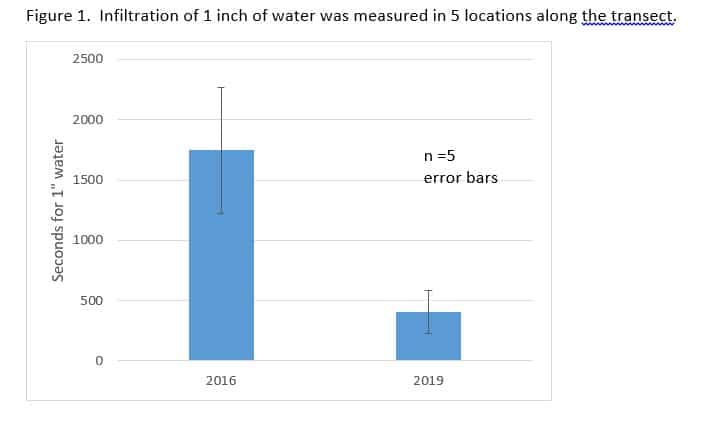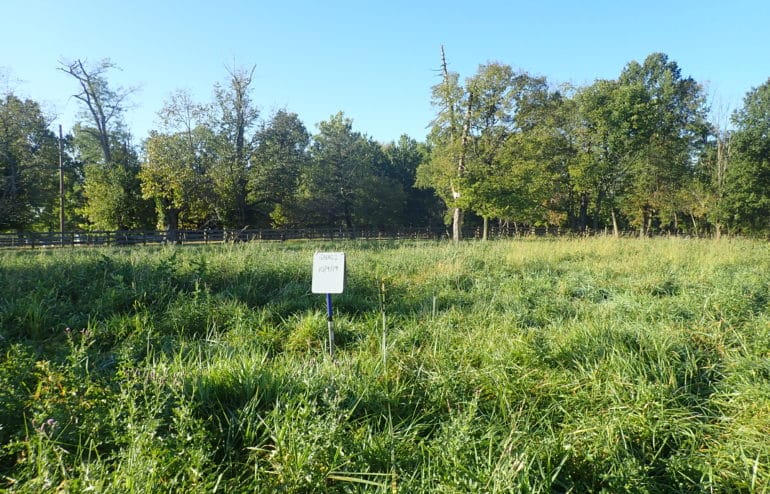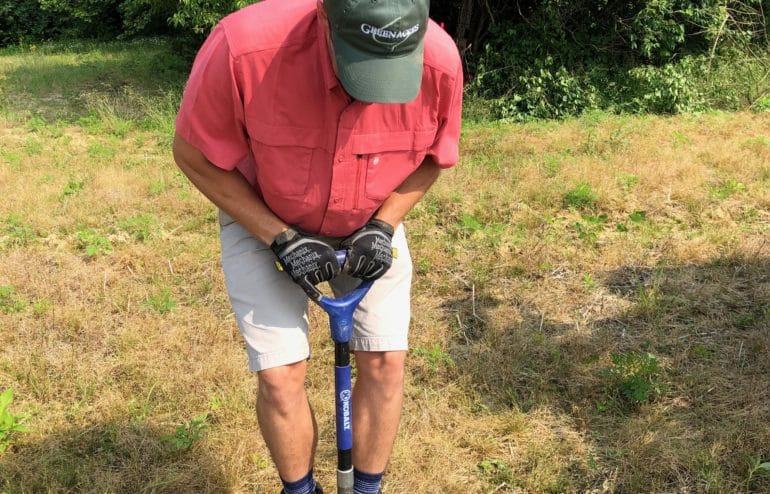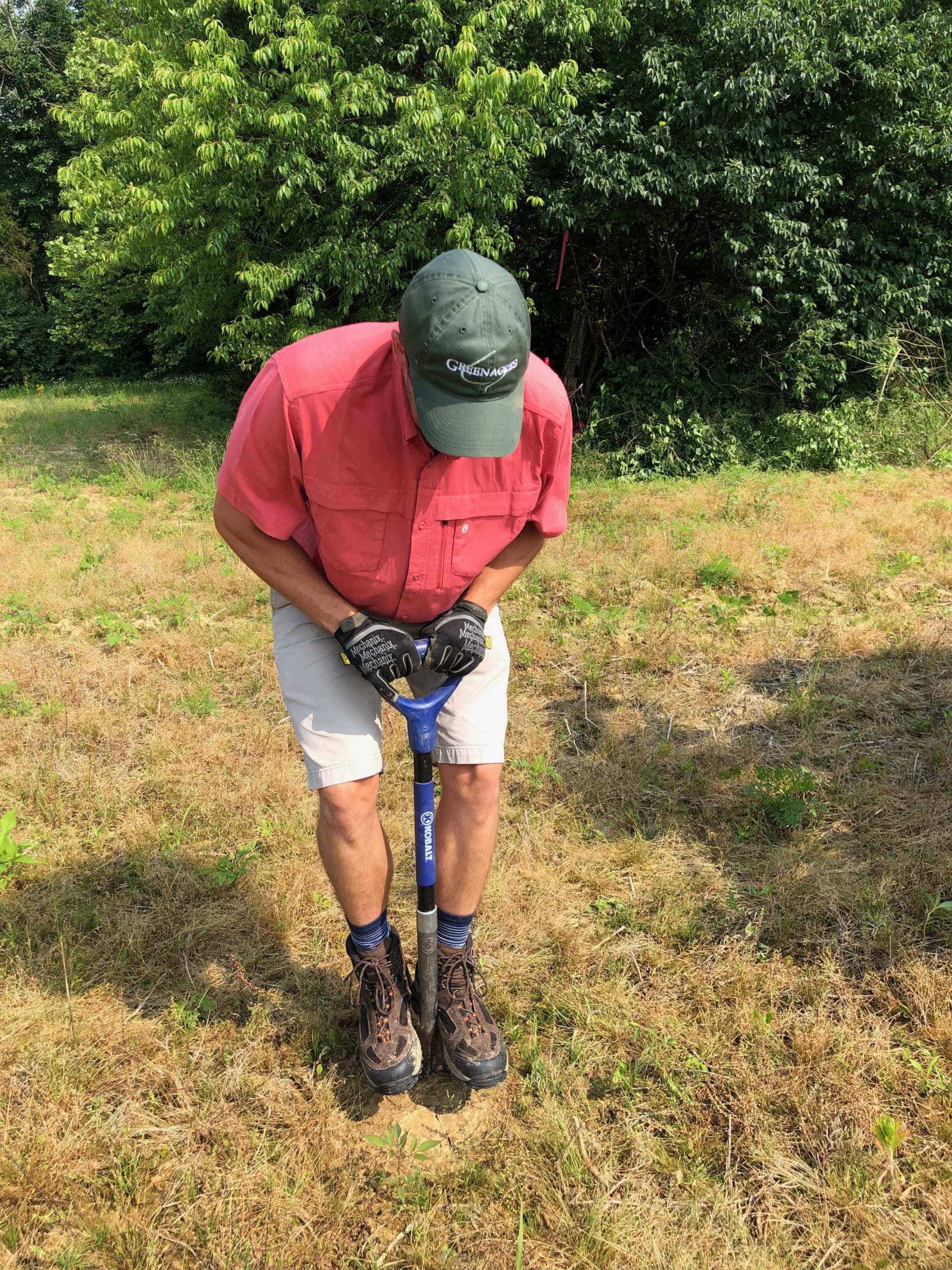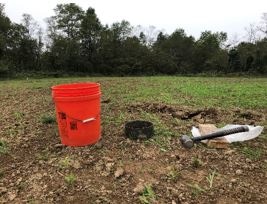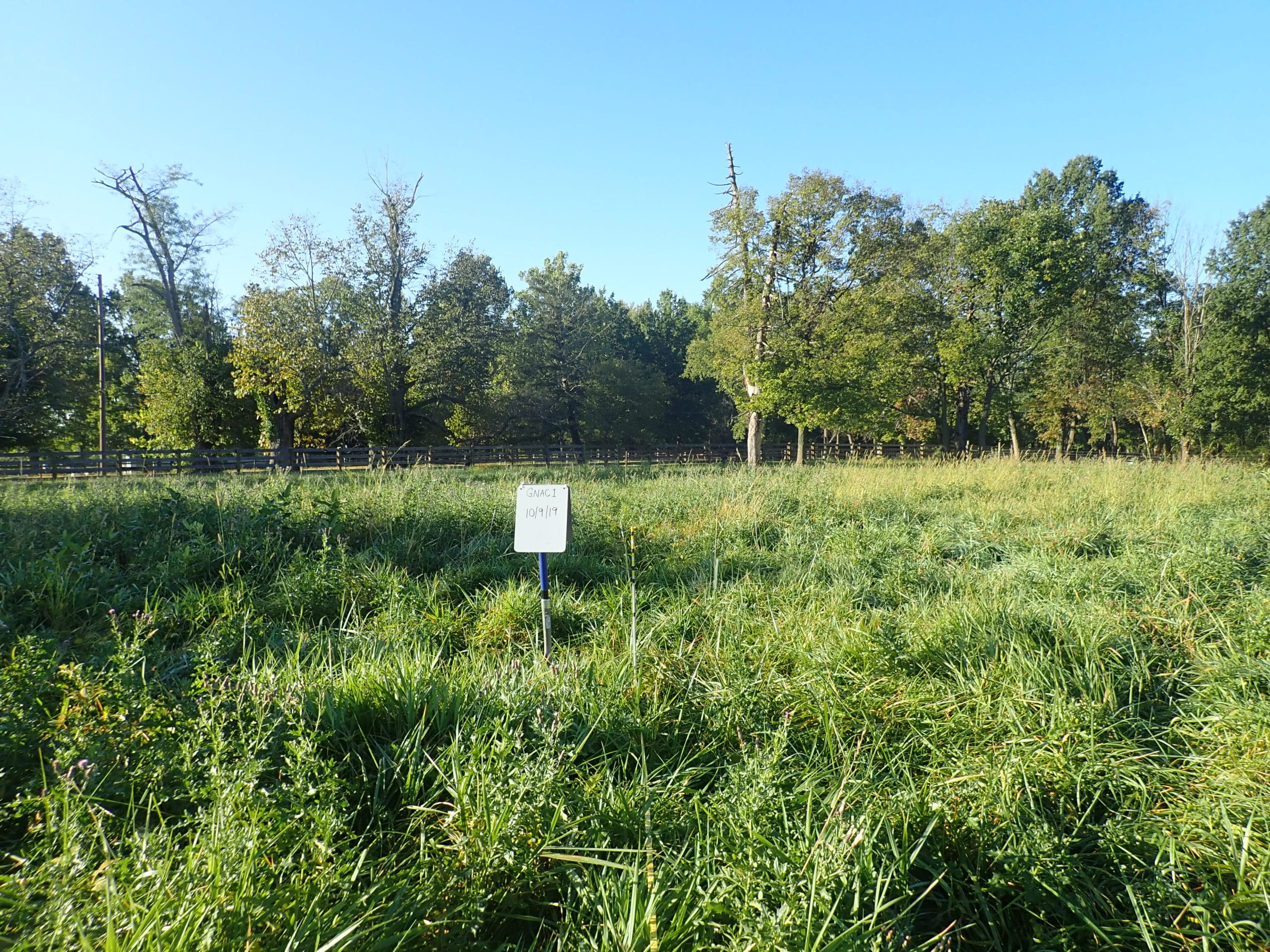
Change Over Time
Late summer we had the chance to re-monitor some of our pastures to see how soil properties have changed in 3 years. This was an opportunity for 3 of us (Megan, Chad G. and Jennifer) to learn the pasture monitoring methods. Front Nippert field was first monitored in 2016 and the same transect was set up in 2019. Vegetation, bulk density, soil carbon and water infiltration were all measured. In the upper layer of the soil (0-10 cm), bulk density decreased from 1.28 to 1.18 g/cm3. Both values are low enough for proper root growth. Figure 1 shows infiltration improved over three years. And Table 1 shows the carbon results. Carbon in the lowest layer of soil increased over the 3 years.
–Jennifer

